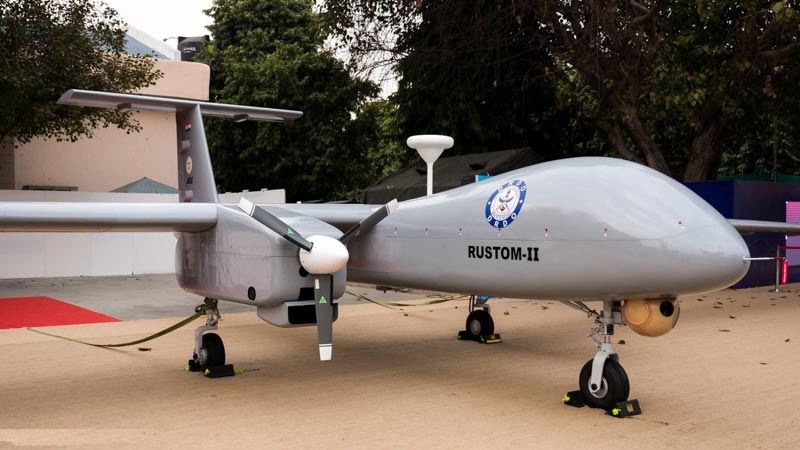News Highlight
The army has made three tranches of emergency procurement (EP) in the last few years.
Key Takeaway
- The army is preparing for the fourth round of EP, which will be entirely from the domestic industry.
- The Army chief, Gen. Manoj Pande, said while speaking on the sidelines of the DefExpo2022.
Emergency Procurements
- What?
- Emergency Procurements are done to address critical operational requirements.
- In August this year (2022) the Defence Acquisition Committee (DAC) granted Emergency Procurement powers to the armed forces to buy from ‘Indian vendors’, weapon platforms and munitions urgently needed by them.
- The Defence Acquisition Committee(DAC) is Headed by the defence minister, with the Chief of Defence Staff, the three Service chiefs and Secretaries, and other high-ranking officials as members.
- Origin:
- In 2001, the Indian Ministry of Defence (MoD) introduced the Fast Track Procurement (FTP) process to meet the urgent operational needs of the armed forces.
- The Fast Track Procedures may also be applied for cases where timelines are seen to be adversely impacting the capability and operational preparedness.
- Fast track procurements were resorted to in the aftermath of Chinese aggression along the LAC in the summer of 2020.
- Objective:
- The stated aim of the Fast Track Procedure is to ensure expeditious procurement for urgent operational requirements of the Armed Forces.
- The Fast Track Procedure (FTP) category:
- FTP acquisitions can be categorised as under.
- Procurement of equipment already inducted into Service.
- Procurement of new equipment.
- Procurement of weapon system/platform, which is in service in a friendly foreign country and is available for transfer/lease or sale.
- FTP acquisitions can be categorised as under.
Defence Acquisition Procedure (DAP) 2020
- Origin:
- The first Defence Procurement Procedure (DPP) was promulgated in 2002.
- Objectives:
- It has since been revised periodically to provide impetus to
- The growing domestic industry and
- Achieve enhanced self-reliance in defence manufacturing.
- It has since been revised periodically to provide impetus to
- DAP 2020:
- The armed forces acquire capital assets according to the Defence Acquisition Procedure (DAP) 2020, which was introduced in September 2020.
- Along with buying equipment from Indian or international players, DAP 2020 also introduced a chapter on leasing equipment for a limited time.
- Hiring for shorter durations under the new powers will allow the forces to plug immediate gaps.
Highlights of the DAP 2020
- Reservations for Indigenous firms:
- The policy reserves several procurement categories for indigenous firms.
- DAP 2020 defines an “Indian vendor” as a company owned and controlled by resident Indian citizens, with foreign direct investment (FDI) not more than 49 per cent.
- New Buy (Global–Manufacture in India) category:
- This stipulates indigenisation of at least 50 per cent of the overall contract value of a foreign purchase bought to build it in India with technology transfer.
- Greater indigenous content:
- It promotes greater indigenous content in arms and equipment of the military procures, including equipment manufactured in India under licence. In most acquisition categories, DAP-2020 stipulates 10 per cent higher indigenisation than DPP 2016.
- Import embargo list:
- The “import embargo list” of 101 items that the government promulgated last month has been incorporated explicitly into DAP 2020. (An embargo is a government order restricting commerce with a specified country or exchanging specific goods.)
- Offset liability:
- The government has decided not to have an offset clause in the procurement of defence equipment if the deal is done through an inter-government agreement (IGA), government-to-government or an ab initio single vendor.
- The offset clause requires a foreign vendor to invest a part of the contract value in India.
Content Source: The Hindu



